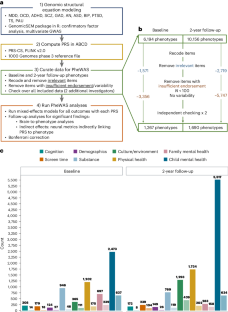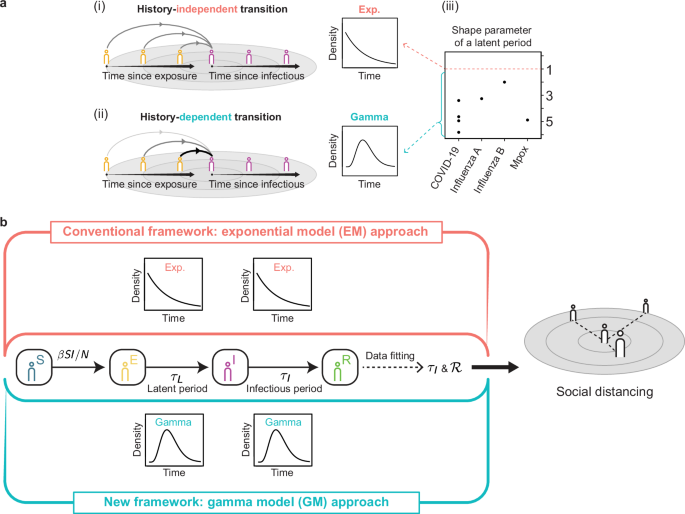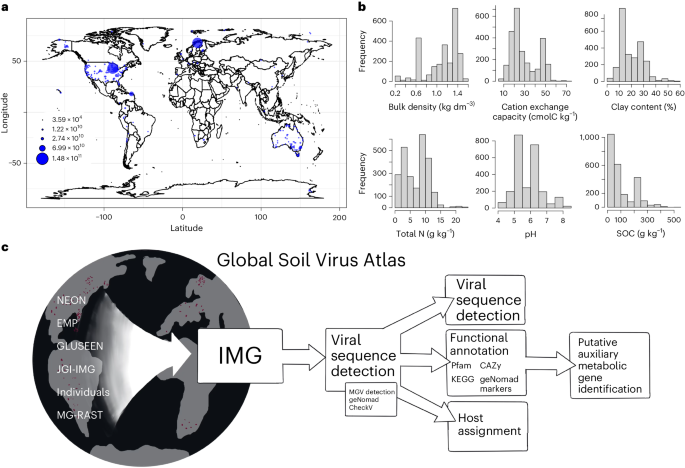2024-10-16 ワシントン大学セントルイス校
<関連情報>
- https://source.washu.edu/2024/10/washu-researchers-use-genetics-to-find-psychopathology-risks/
- https://www.nature.com/articles/s44220-024-00313-2
欧州の参照集団と遺伝的に類似した青少年における疾患横断的遺伝的責任に関するフェノームワイド関連研究 A phenome-wide association study of cross-disorder genetic liability in youth genetically similar to individuals from European reference populations
Sarah E. Paul,Sarah M. C. Colbert,Aaron J. Gorelik,Emma C. Johnson,Alexander S. Hatoum,David A. A. Baranger,Isabella S. Hansen,I. Nagella,L. Blaydon,A. Hornstein,Nourhan M. Elsayed,Deanna M. Barch,Ryan Bogdan & Nicole R. Karcher
Nature Mental Health Published:14 October 2024
DOI:https://doi.org/10.1038/s44220-024-00313-2

Abstract
Etiologic insights into psychopathology may be gained by using hypothesis-free methods to identify associations between genetic risk for broad psychopathology and phenotypes measured during adolescence, including both markers of child psychopathology and intermediate phenotypes such as neural structure that may link genetic risk with outcomes. Here we conducted an exploratory phenome-wide association study (phenotype n = 1,271–1,697) of polygenic risk scores (PRS) for broad-spectrum psychopathology (that is, compulsive, psychotic, neurodevelopmental and internalizing) in youth most genetically similar to individuals from European reference populations (n = 5,556; ages 9–13) who completed the baseline and/or 2-year follow-up of the ongoing Adolescent Brain Cognitive Development Study. We found that neurodevelopmental and internalizing PRS were significantly associated with phenotypes across multiple domains (neurodevelopmental, 190 and 214 (147 and 165 after pruning correlated phenotypes at an r2 of 0.6); internalizing, 124 and 183 (93 and 131 after pruning) phenotypes at baseline and 2-year follow-up, respectively), whereas compulsive and psychotic PRS showed zero and two significant associations, respectively, after Bonferroni correction. Compulsive, psychotic and neurodevelopmental PRS were further associated with brain structure metrics, with minimal evidence that brain structure indirectly linked PRS to 2-year follow-up outcomes. Genetic variation influencing risk to psychopathology manifests broadly as behaviors, psychopathology symptoms and related risk factors in middle childhood and early adolescence.


